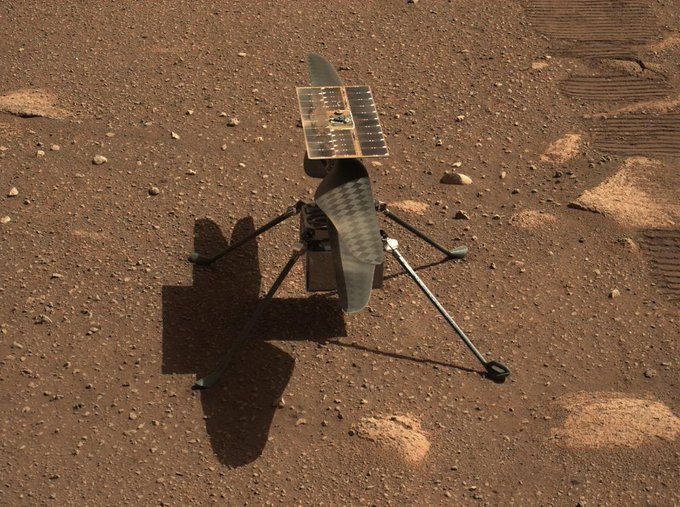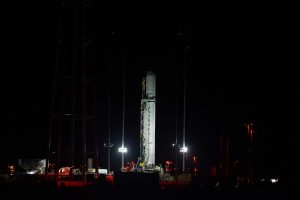Ingenuity is NASA’s robotic helicopter sent to Mars along with the Perseverence rover as part of its mission to explore the Jazero crater for ancient life forms. It is a part of a technology demonstration to test the first powered flight on Mars.
The helicopter rode to Mars attached to the belly of the Perseverance rover. As part of NASA’s Mars 2020 mission, the small coaxial, drone rotorcraft will serve as a technology demonstrator for the potential use of flying probes on other worlds, with the potential to scout locations of interest and support the future planning of driving routes for Mars rovers.
High school student Vaneeza Rupani of Northport, Alabama, originally submitted the name Ingenuity for the Mars 2020 rover, before it was named Perseverance, but NASA officials recognised the submission as a terrific name for the helicopter, given how much creative thinking the team employed to get the mission off the ground.
“The ingenuity and brilliance of people working hard to overcome the challenges of interplanetary travel are what allow us all to experience the wonders of space exploration,” Rupani wrote. “Ingenuity is what allows people to accomplish amazing things.”
What looks like a child’s spindly toy, the Ingenuity has a small solar panel for charging the helicopter’s six lithium batteries. It also contains two carbon fiber rotors that turn in opposite directions. The blades attach to a common axle protruding from the body of the rover. The body is about the size of a tissue box. Four thin legs that look as if they could have been made from coat hangers (but in fact are carbon composite) provide the landing gear.
Launched on July 30, 2020, from the Cape Canaveral Air Force Station, Florida, it landed on Mars on February 18, 2021.
It is the first aircraft on Mars. It successfully completed the first powered and fully controlled atmospheric flight, from vertical takeoff to landing, on any planet beyond Earth, on April 19, 2021
For the first flight, the helicopter took off a few feet from the ground, hover in the air for about 20 to 30 seconds.







